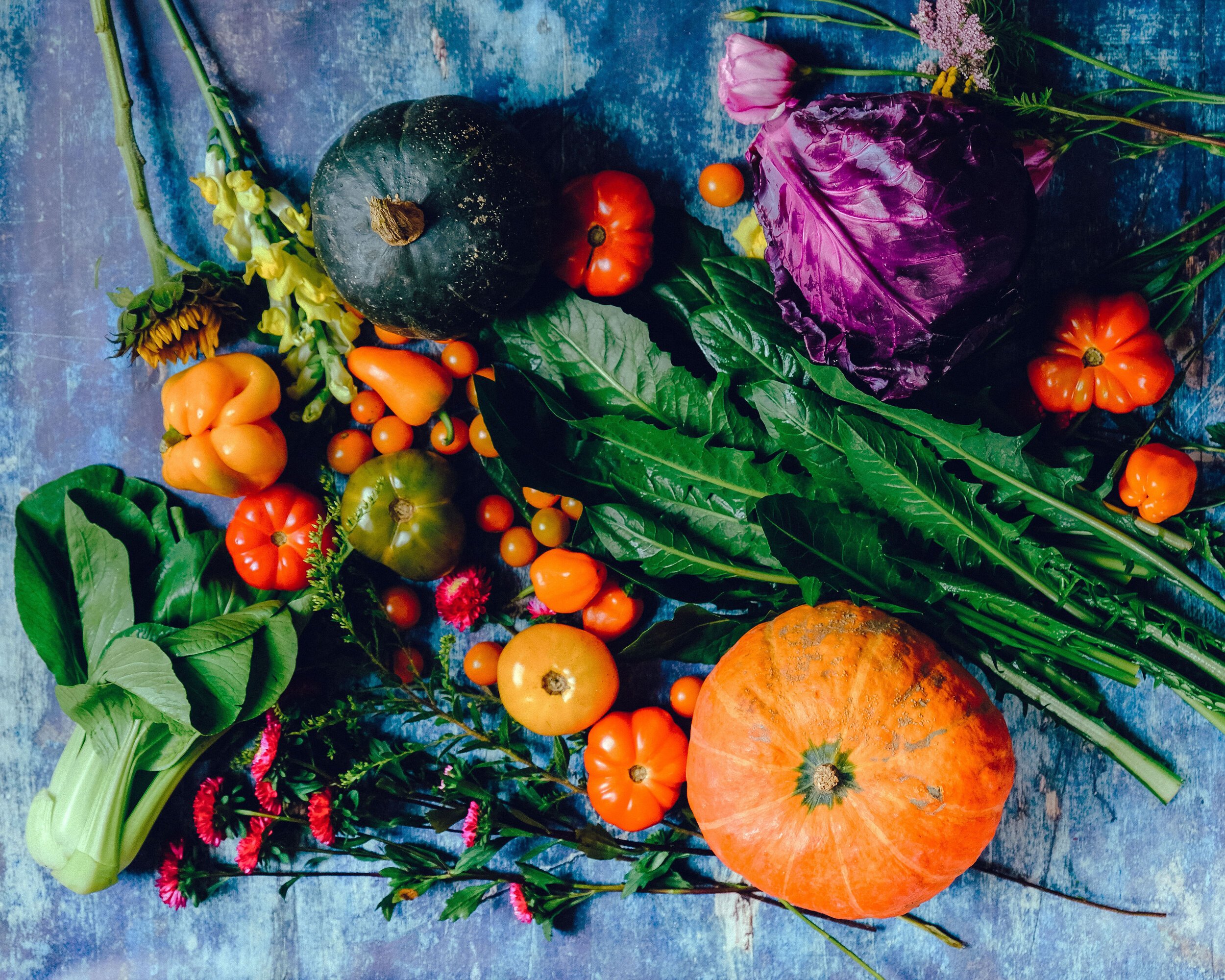Gardening and the Importance of Soil
By Aprille Hunter
While the virus has a lot of us spending more time at home than we had ever anticipated, there is a certain home-bound activity that improves quality of life: gardening. Quality of life increases when we have access to fresh, healthy produce; establish a routine to be outside where we can create vitamin D from the sunlight (not to mention the comfort of having a routine we can count on when most other aspects of our life are uncertain); and allow exposure to a particular bacteria in the soil which naturally and benignly boosts serotonin levels.
In 2019, a collaborative study by researchers at Princeton University and the University of Minnesota also found that the act of gardening has a comparable effect on emotional well being to the other top three leisure activities: biking, walking, and eating out. If you don’t have access to a yard, fear not, for the study took place in Minneapolis with a diverse sample group that included urban gardeners using small spaces like balconies and window boxes. Even having house plants to take care of can add to your mental well-being and bring fresh oxygen into your home.
Whether gardening in the ground or in a pot, the most important thing to keep in mind is the quality of the soil. Healthy soil allows for good drainage, it is full of nutrients that feed the plants, and encourages a diverse ecosystem of microbes that help deliver those nutrients to the roots. Compost is a nutrient rich soil that you can make yourself by recycling your kitchen scraps, or buy it at a local hardware store. Using wood chips as mulch on top of that soil can prevent flash flooding in the garden by percolating heavy rainfall, and it has the added benefit of slowing the process of evaporation. If you’re in the area and would like to pick up some free wood chips, contact us to set up a day and time!
A garden isn’t complete without a tree, and having healthy soil is equally important for trees. When the soil quality is poor, trees are likely to be placed under stress, which causes them to become more susceptible to insect attacks and fungal diseases. This year in particular we have seen a large number of trees affected by fungal disease and insect infestations. As JL Tree Service described in their November 2019 newsletter, many harmful insects are secondary problems; they are attracted to trees that are already under stress from their environment. Some stressors include being in soil that doesn’t properly drain, overcrowding trees, and not digging deep enough when planting a tree.
Earlier this year, our spring rains hit hard, increasing the chances of trees standing in water-logged areas where there is poor soil and thus may develop root rot, creating an entry point for pests and weakening the trees ability to obtain nutrients. Overcrowding trees can lead to a shortage of necessary nutrients in the soil and can prevent adequate air flow in the canopy, keep in mind the small sapling you can purchase at a nursery will one day become a large, mature tree. Finally, when planting a tree, the hole should be twice as large as the root ball going in, as this creates space to put down a layer of rich soil and helps give the roots room to spread out and acclimate to the new environment. Give the new tree in your garden a good start to help ensure its longevity and good health, while simultaneously benefiting your own health and happiness.
Happy gardening!
Sources:


